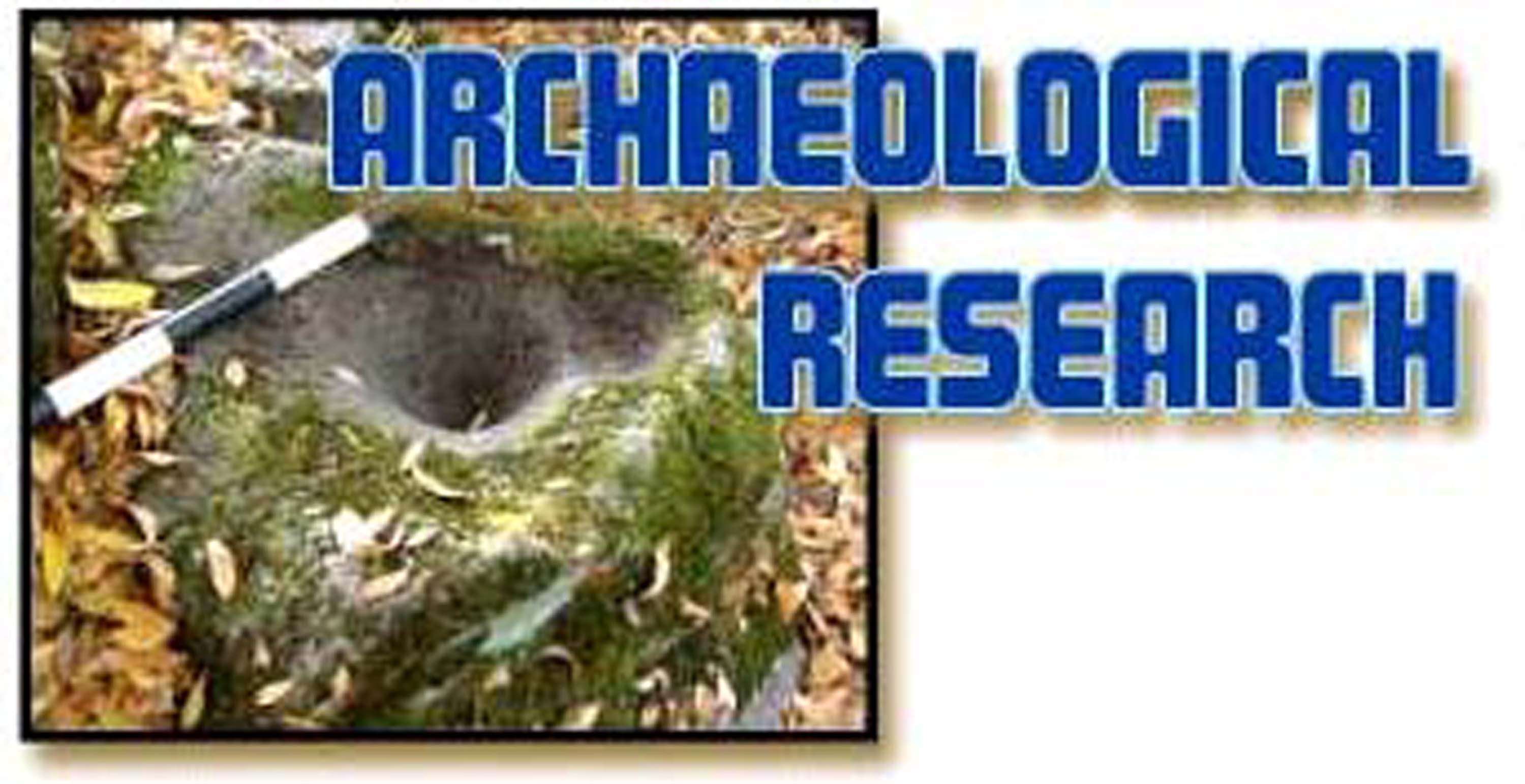Grooming, Personal Adornment, and Keepsakes





a frog smell good





with company names
Grooming items included toothbrushes, hairbrushes and combs, cosmetics, and
perfumes.
Personal adornment included rings, bracelets, hairpins, and purses.
Keepsakes included vases, picture frames, and birdcage parts.
Grooming
It is logical to assume that grooming would take place in the privacy of one’s dorm room. For the nuns these were in the Chapel building, for the students these were in the main school building facing Palm Street.
As there would have been both hot and cold water in the kitchen area early in the morning and late in the evening, it is also possible that some grooming would take place in this facility.
Graphs of grooming materials (left and below) suggest that less grooming took place in the kitchen area than in the privacy of the dorm rooms. A large selection of toothbrushes was recovered from the privy vault. The locations of these items suggest that they were not used in the Kitchen building.
Of the 18 toothbrushes recovered, at least 14 different brands were represented. Most were made in France, however at least one was from Japan, one from San Francisco, and one from San Bernardino.
All were made of bone or ivory and two had grooves on the back for replacing worn out bristles.

Hair combs and brushes were found in Units B and C. All combs were made of vulcanized rubber or celluloid. There were 14 regular combs, 5 flea combs, 2 hairband combs, and 2 brushes. The hair band combs were most likely worn by the nuns to hold their hair back.
Perfume
During a time when there were often many days between baths, perfume and cologne was an important commodity.

Some of these bottles were sealed with tapered glass stoppers.

Hoyt’s German Cologne was introduced in 1870 by E.W. Hoyt. Hoyt began working at E.A. Staniel’s apothecary shop in Lowell Mass. at age 13 (1851). When Staniels died in 1861, Hoyt took over the business. He developed the cologne at the shop but by 1877 the cologne business had grown so large that he sold the old shop to concentrate on the cologne business. His partner F.B. Shedd was the marketing wizard behind the product. Hoyt died in 1887, the same year Shedd brought out Hoyt’s “Rubifoam” tooth wash (Hoyt 2005).
At least one of the cologne brands (Florida Water) can still be purchased in stores today.
Personal Adornment
Personal adornment items were found in all Units, but appeared to be more prominent in Unit A (closest to the Kitchen/Laundry building).
Hairpins, broaches, rings, beads, and necklace pieces were recovered. Also recovered were two coin purse clasps and parts of three bracelets.
Bracelets were made of copper (A-220), Brass (B-75), and glass (B-299). One bronze pendant had “W.R. Bird, Grass Valley Cal.” Stamped on it.
Cosmetic bottles included cold creams, Vaseline, three tooth- brushing preparations, and a Resinol Chem. Co. bottle. The Resinol Chem. Co. was first listed in the 1896 Baltimore City directory. The company manufactured skin care products, soap, shaving soap, and a laxative and tonic (Maryland Historical Society 1999).
Rubifoam was a ruby-red tooth brushing fluid introduced in 1887 by E. W. Hoyt & Co. Lowell Mass. Sozodont was manufactured by Van Buskirk (Fike 1987:181)
A ceramic cold cream or makeup jar was also recovered (B-14 below).
Keepsakes
Keepsakes included “Victorian” era beveled picture frame and mirror glass, vases, and fancy candle holders.
Along the same lines as keepsakes were fancy brass tongs that were often packaged with a box of chocolates. Here we have one with “Huskey’s”, one with “Geo Hass & Sons”, and one with “Christopher’s” stamped in the metal.
Also listed with the keepsakes are pet related items. A glass bird feeder that would have attached to a bird cage (A-449) and a fancy napkin holder with a tennis racket design (B-33) were recovered.

